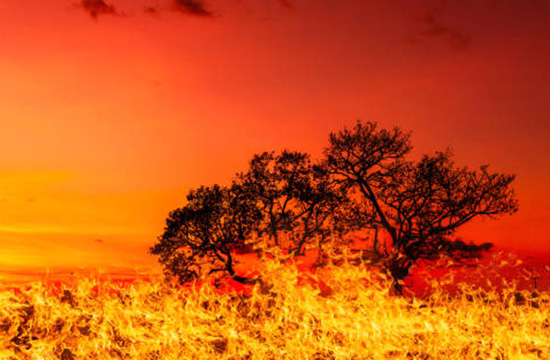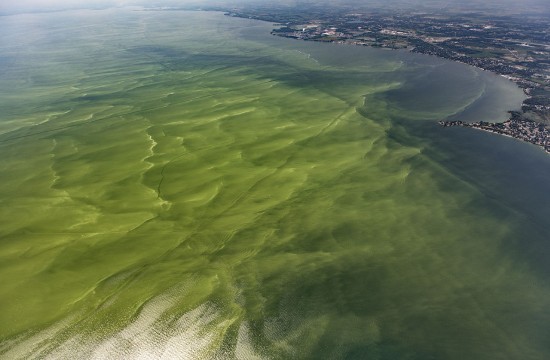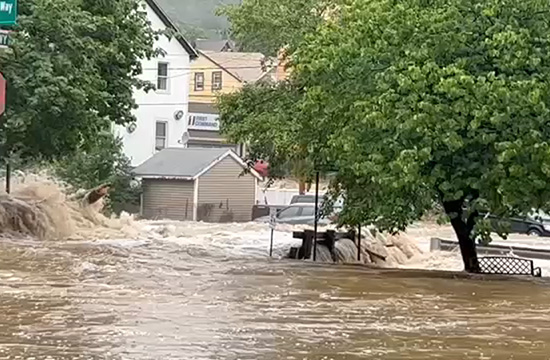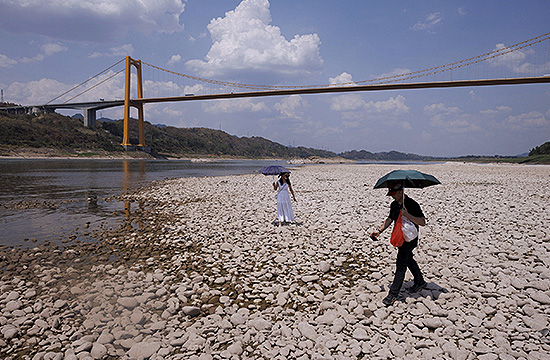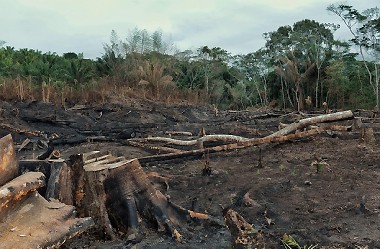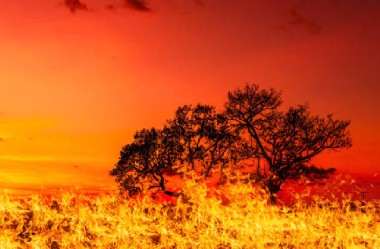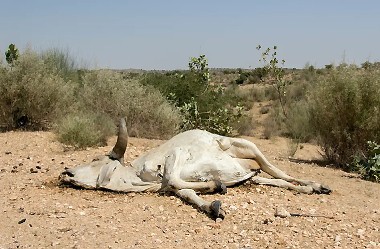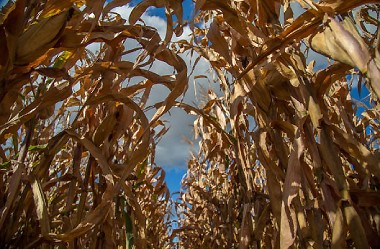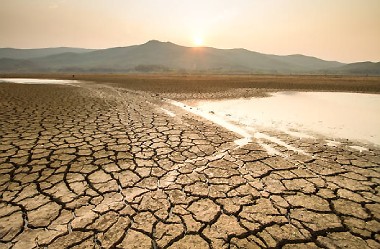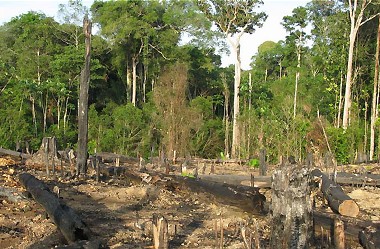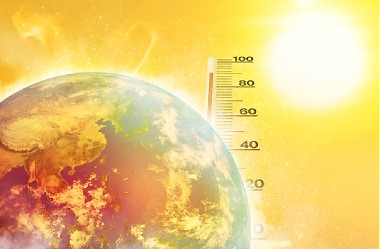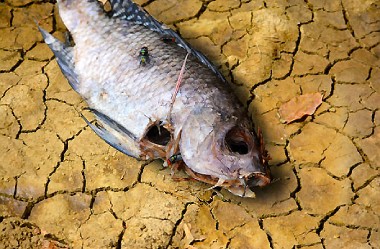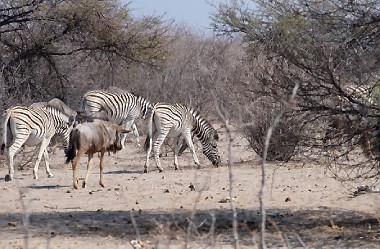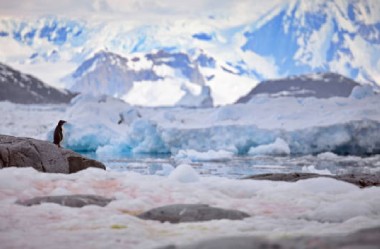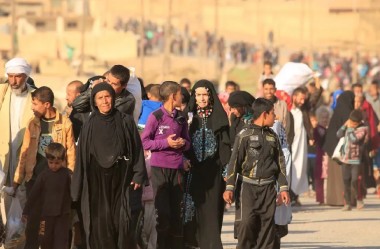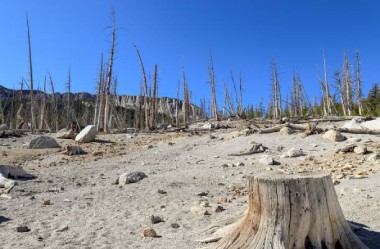-
Emissions Gap and Temperature Rise: The current global greenhouse gas emissions level puts us on track for significant warming beyond the goals set in the Paris Agreement. This agreement aims to limit global warming to below 2°C, preferably 1.5°C, compared to pre-industrial levels. The report highlights the gap between emission reduction pledges from countries and the reductions necessary to achieve these goals.
-
Broken Temperature Records: 2023 has already seen a concerning acceleration in breaking temperature records. The report mentions that at the time of writing, there have been 86 days recorded with temperatures exceeding 1.5°C above pre-industrial levels. This signifies a faster and more extreme warming trend than previously observed.
-
Urgent Need for Increased Ambition: The report emphasizes the urgency of taking action to reduce emissions. Current pledges are insufficient, and more ambitious emission reduction targets and immediate action are crucial to mitigate the worst impacts of climate change.
-
Focus on Closing the Emissions Gap: The report calls for countries to strengthen their emission reduction commitments and close the gap between current pledges and the reductions needed to achieve the Paris Agreement goals. This highlights the importance of international cooperation and collective action in tackling climate change.
Source: Based on the information available on the UNEP Emissions Gap Report 2023
The urgent need for adaptation in protecting food security in a warming world is essential to mitigating the impacts of climate change on global agriculture. The alarming projections from the 2014 Intergovernmental Panel on Climate Change (IPCC) report underscore the potential risks food production systems face worldwide. Without proactive adaptation measures, the following challenges are expected:
-
Declining Crop Yields: Global crop yields are projected to decrease significantly, with estimates suggesting a minimum 5% decline by 2050 and even steeper reductions by 2100. This decline in productivity could have severe implications for food availability, distribution, and access, particularly in regions highly dependent on agriculture for sustenance and livelihoods.
-
Impact on Sub-Saharan Africa: Vulnerable regions like sub-Saharan Africa are at risk of severe climate change consequences. Projections indicate a substantial reduction in growing seasons, potentially shrinking by over 20% by the end of the century. This shift in agricultural conditions could pose immense challenges for food production and exacerbate existing food security issues in these regions.
-
Growing Land Gap: A 10% decrease in crop yields could lead to a 45% increase in the land gap, highlighting the mismatch between available agricultural land and the requirements to sustain a growing population. This widening gap underscores the urgent need for innovative solutions to enhance agricultural productivity, optimize land use, and address the increasing demand for food in a changing climate.
Addressing these challenges necessitates a comprehensive approach integrating adaptation strategies, sustainable agricultural practices, and resilience-building measures to safeguard global food security in a warming world. By prioritizing adaptation efforts, investing in climate-resilient agriculture, and promoting sustainable land management practices, stakeholders can work towards ensuring a secure and stable food supply for current and future generations in the face of climate change-induced threats.
Challenges of Reducing Emissions from Agriculture
Agriculture, a cornerstone of human civilization, also presents a significant challenge in the fight against climate change. Greenhouse gas (GHG) emissions from agricultural production are projected to rise dramatically by 2050, adding to the already pressing issue of global warming. Here's a breakdown of the key sources of these emissions:
- Livestock Farming: Livestock, particularly ruminant animals like cows and sheep, produce significant amounts of methane, a potent greenhouse gas, through their digestive processes. This methane contributes heavily to overall agricultural emissions.
- Nitrogen Fertilizers: While crucial for plant growth, nitrogen fertilizers release nitrous oxide, another potent greenhouse gas, when applied to soil. Balancing fertilizer application with crop needs is essential to minimize these emissions.
- Rice Cultivation: Rice paddies create ideal conditions for microbes to produce methane. Managing water levels and exploring alternative rice cultivation techniques are critical to reducing methane emissions from rice production.
- Energy Use: Agricultural activities, from operating farm machinery to food processing, rely heavily on energy sources that often contribute to greenhouse gas emissions. Finding cleaner energy alternatives for the agricultural sector is essential.
A Growing Threat:
Threat to Marine Ecosystems: Overfishing, pollution, and climate change all contribute to the depletion of vital ocean resources. Ocean acidification, caused by increased carbon dioxide absorption, harms marine organisms and disrupts food chains. This threatens the health of marine ecosystems and the livelihoods of millions who depend on them.
Unequal Impacts: The consequences of climate change are not evenly distributed. Developing countries are often disproportionately affected, despite contributing less to greenhouse gas emissions. This exacerbates existing vulnerabilities and poses a significant challenge to these regions' food security and sustainable development.
The projected rise in emissions from these sources paints a worrying picture. With an estimated increase of 7 to 9 gigatons per year by 2050, agriculture threatens to undermine efforts to mitigate climate change. This rise comes on top of emissions from land-use change, further amplifying the challenge.
The Road Ahead:
Reducing agricultural emissions is a complex and multifaceted task. Finding solutions requires innovation and collaboration across various sectors. Without significant changes in farming practices, manure management techniques, and the development of sustainable energy sources, agriculture could become a significant roadblock in our fight against climate change.

